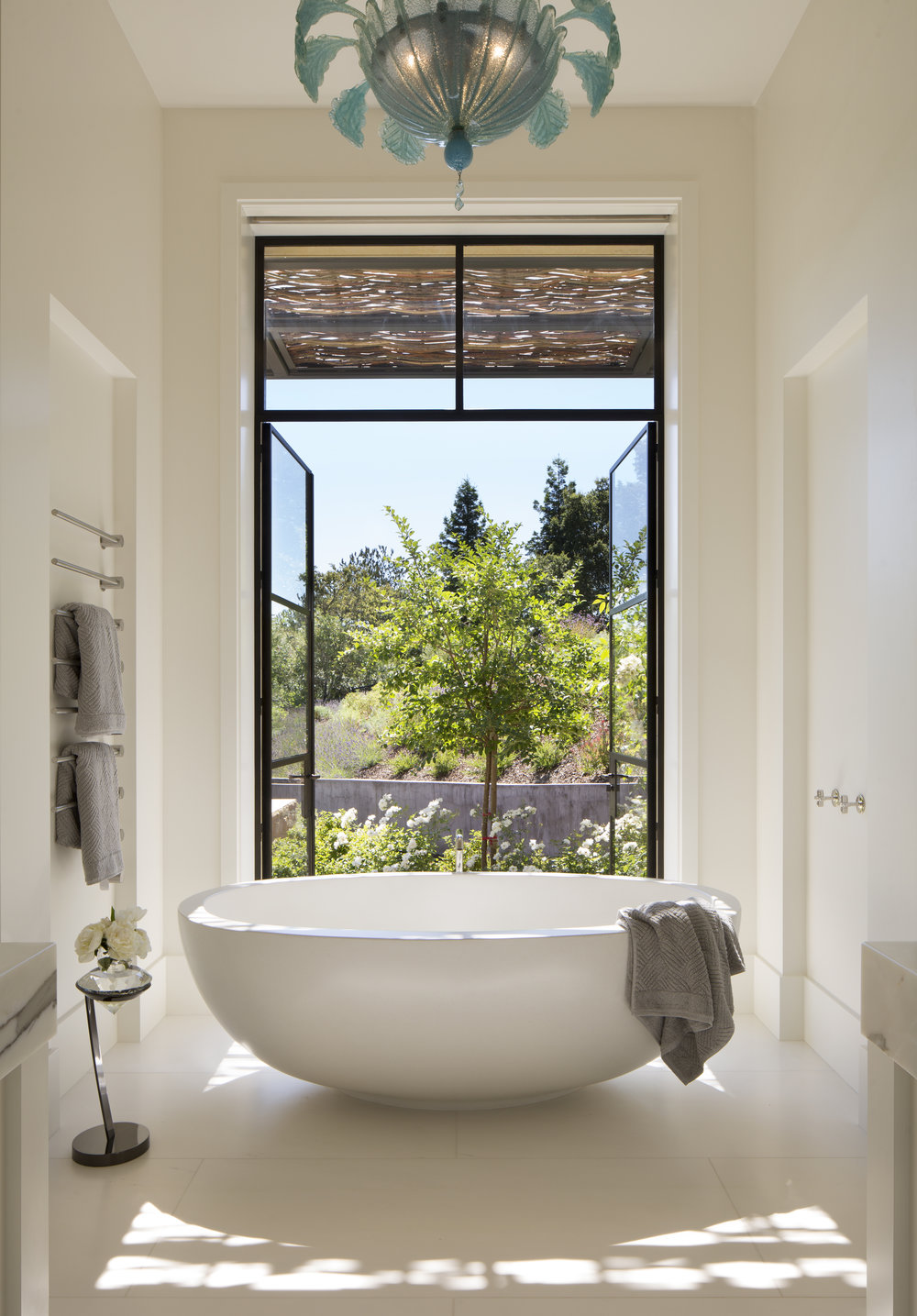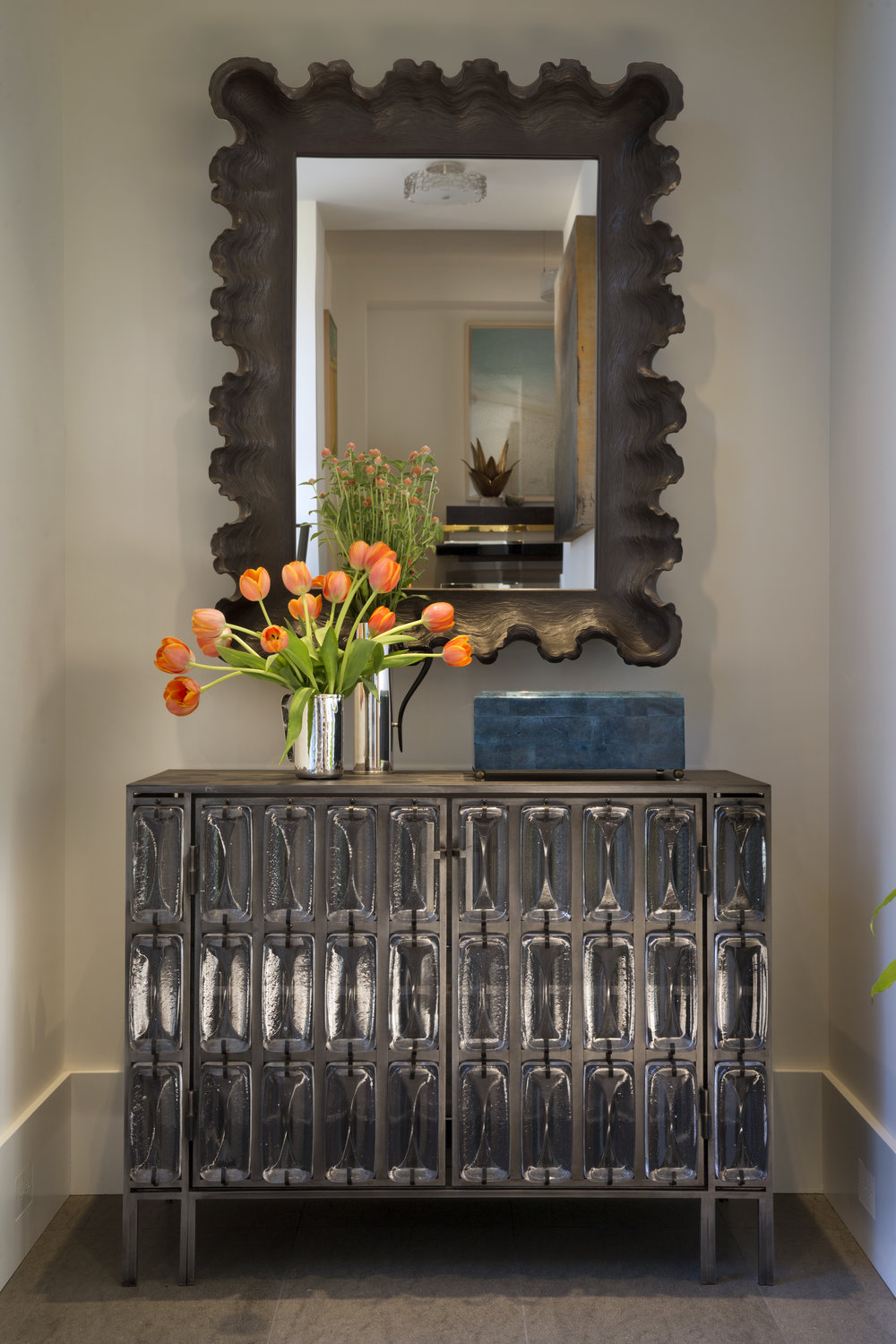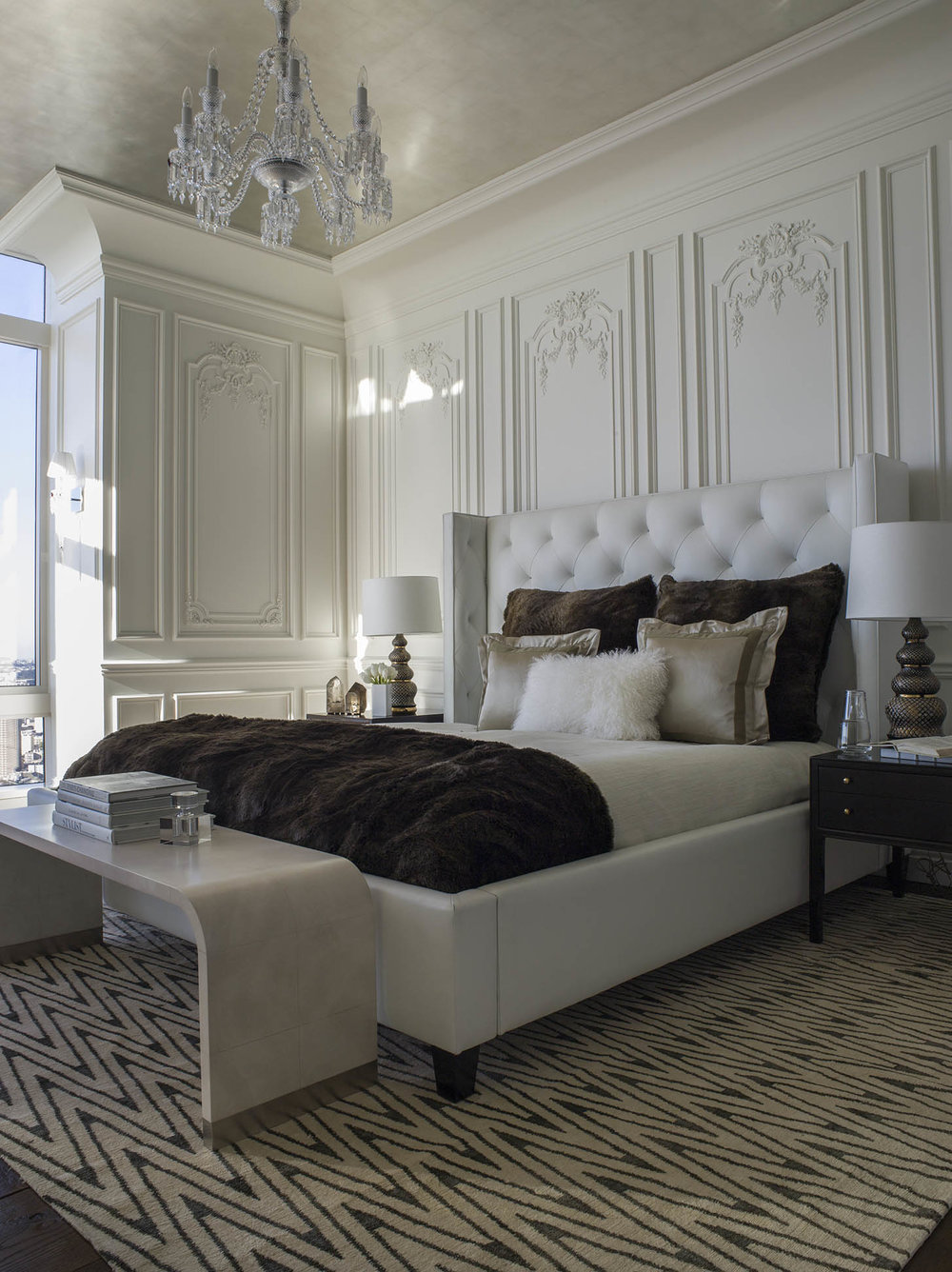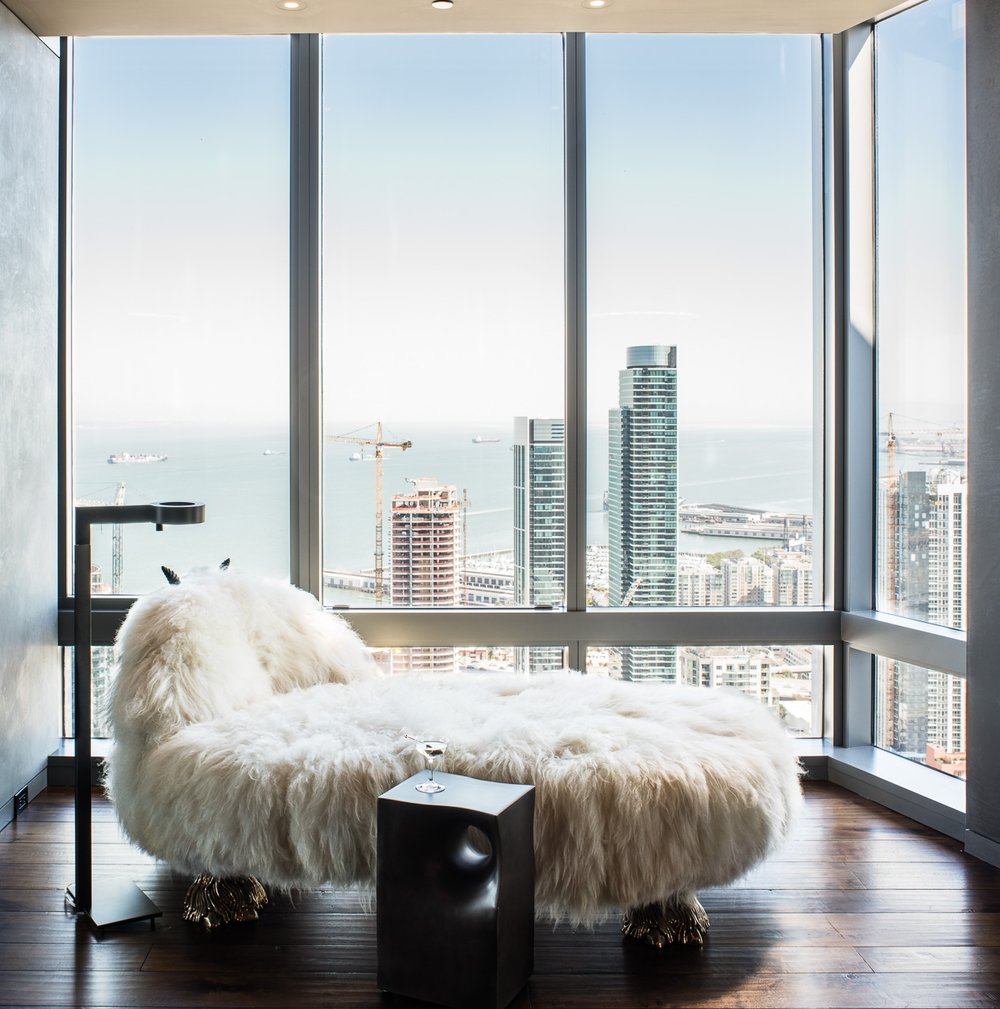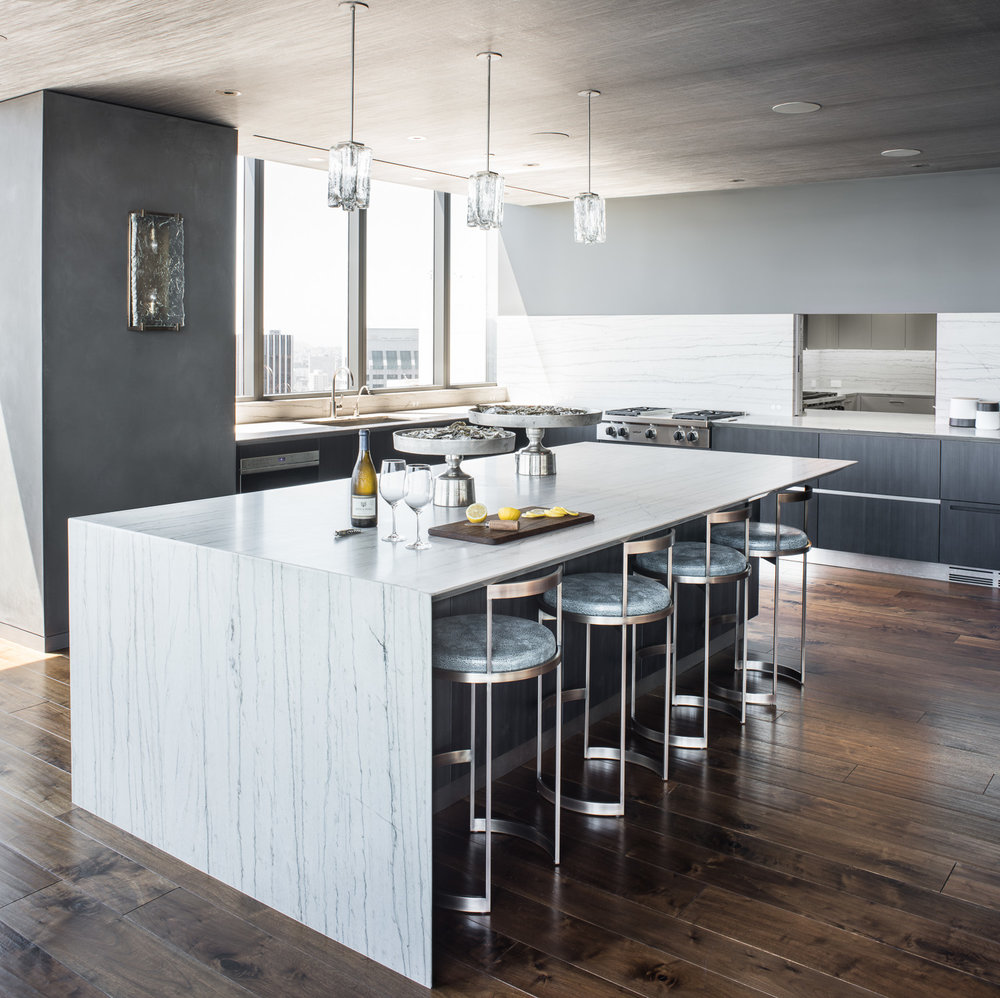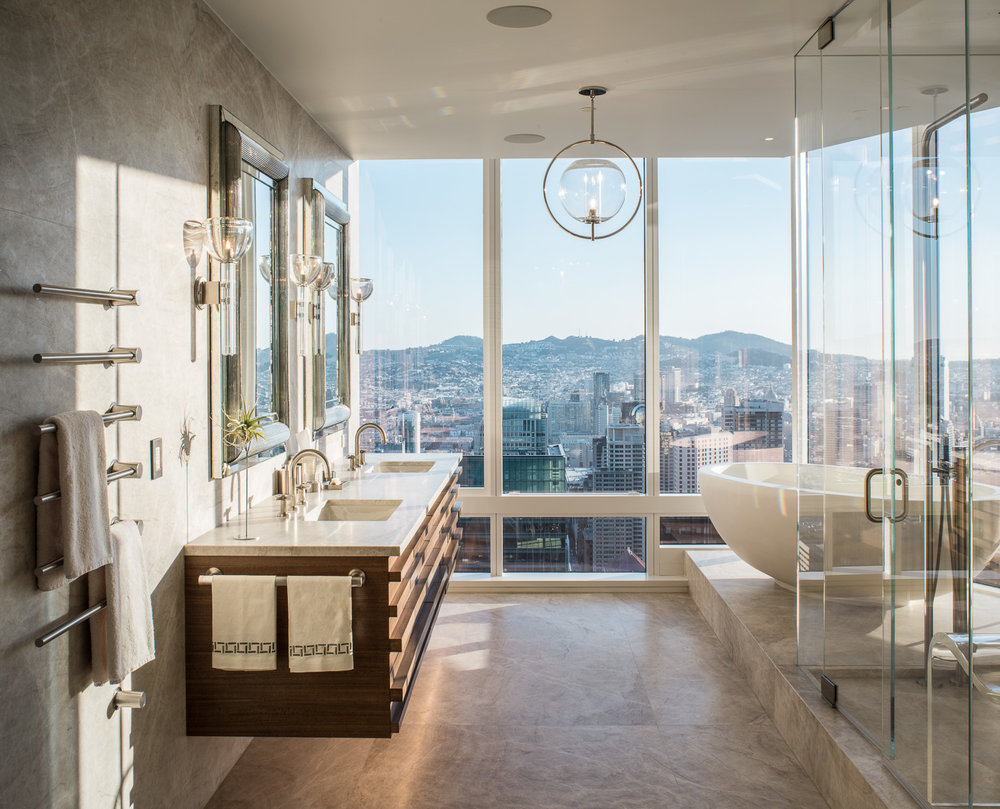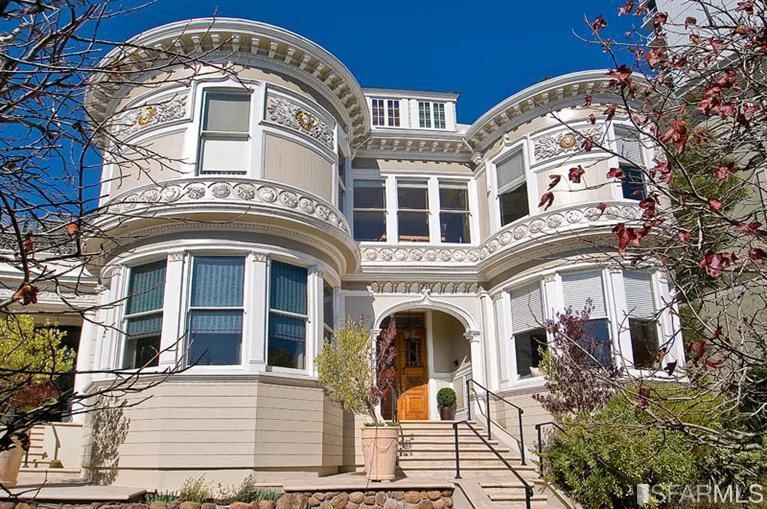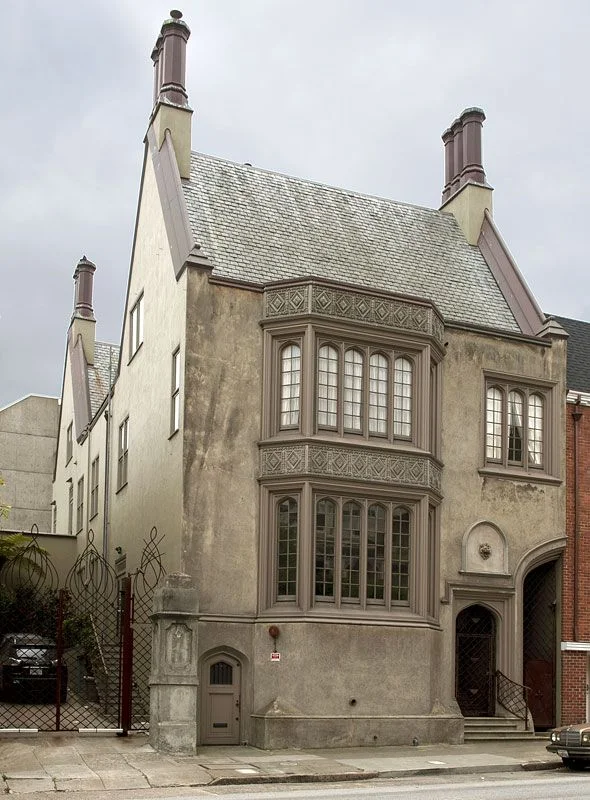Kendall Wilkinson - Kendall Wilkinson Design
/The Wilkinson Touch
By Joseph Lucier
As a San Francisco native and daughter of an interior designer, Kendall Wilkinson had the privilege of growing up amidst the city's treasured architectural lineage while developing a sense of scale and color at an early age. Studying abroad in Paris further solidified a belief in the importance of architectural heritage and fine craftsmanship, It also put the City of Lights high up on the list when sourcing objets d'art and furnishings for her sumptuous interiors. Kendall's evolving design style, coupled with her authenticity and business savvy, have helped build a loyal clientele who have turned her Presidio Heights atelier into a landing pad as she jets between projects in Mexico, Montana, and New York City. I had the recent good fortune to join Kendall and her million dollar smile in Jackson Square to chat about how she so elegantly choreographs the hustle bustle of life, family, and her creative pursuits.
Kendall Wilkinson
Joseph Lucier: Coming from an interior design family, what did you learn early on about the profession and what "good design" really means?
Kendall Wilkinson: My mother was a designer and she taught me the importance of scale, color, and tone at a very early age. I learned that you can mix neutrals as long as you keep in mind the different textures and hues. “Good design” is greater than using the most luxurious materials, custom solutions, or one-of-a-kind furnishings; it’s about how these elements can be applied to create an environment that is restorative and reflective of its inhabitants. While an interior designer can create a home that is considered beautiful, ultimately “good design” comes down to the homeowner—how they feel and live in the space once the designer’s job is complete.
JL: As a native San Franciscan, what do you see as your part in the stewardship of historic homes?
KW: As a child, I had the privilege of growing up surrounded by some of the nation’s most treasured historic homes and developed a deep affection and appreciation for San Francisco’s architectural integrity. I believe that the bones of a house are a key element in the design process. Keeping and restoring original details is of high importance to me. As designers, we can nod to the future while still respecting the past and there is a wonderful symmetry to that. There’s nothing I enjoy more than juxtaposing old and new by choosing a sleek contemporary light fixture for a traditional Victorian residence.
JL: How did your time living in Paris, and your travels in general, shape your knowledge base and help inform your current design decisions?
KW: Living in Paris taught me the importance historic significance is to design and architecture—and the importance of great craftsmanship. I think we’ve lost something today since we’ve moved in the direction of retail. I want to keep one of a kind pieces as the cornerstone of my design.
JL: How has your design philosophy developed over the past two decades?
KW: While trends in design have impacted how my aesthetic has evolved, my core philosophy remains the same. When it comes to design, my motto is that order equals calm. I believe that interiors need to be not only beautiful, but should also be functional and accommodate the lifestyle of the homeowner. My style has evolved along with the changing design landscape and client demographic; there is a ubiquitous desire for clean lines and spaces where less is more. In the last few years, I’ve noticed a shift in how people want their spaces to feel. Businesses want their offices be more inviting, home-like environments while homeowners seek residences that feel like a hotel or spa retreat and evoke feelings of serenity.
JL: Talk about the perfect dance between an architect and interior designer.
KW: The perfect dance is when both parties respect what each does—because they serve inherently different functions—and can come together to create something beautiful. While interior designers and architects share the same end goal, they are trained differently and each bring unique perspectives to the project. By uniting my expertise in furnishings with an architect’s expertise in spatial configurations, we are able to collaborate to create a home where form and function go hand-in-hand and there is a seamless connection between the home’s structure and its decor.
"Putting a fabulous antique or a wonderful vintage piece in a very modern room can anchor it and give it a feeling of authenticity."
JL: How do you achieve an alchemy between traditional and contemporary styles in decor?
KW: There is something contrived about a room where everything is new, so I try to avoid that whenever I can. I love the juxtaposition of very clean and contemporary furniture with traditional architecture and classic moldings. There is a pleasant tension that feels very authentic to me. At the same time, putting a fabulous antique or a wonderful vintage piece in a very modern room can anchor it and give it that same feeling of authenticity that it might not have otherwise.
JL: Where do you love to go when sourcing unique furnishings?
KW: New York, Los Angeles, and Paris! You just can’t beat the treasures in those cities. Recently, I’ve explored Mexico City and am enamored with the wonderful contemporary and modern furnishings I’ve discovered, many of which have a strong Italian influence.
CASTLE IN THE SKY - HIGH RISE LUXURY
JL: You are fortunate enough to design your clients second and even third homes. How do you nurture a client’s viewpoint when working on a vacation home as opposed to a primary residence?
KW: I always take into consideration the environment and region of where I’m designing. Whether it’s Mexico, Montana, or a New York City penthouse apartment, the location always serves as the point of inspiration. That said, I never want to design a signature Mexican hacienda or Montana log cabin. I take into account how the individuals will live in the home or space while still conforming to the originality of the place and existing architecture.
JL: You have added a textile line to your portfolio. What have you learned through developing this aspect of your business?
KW: Actually, I developed a fabric line like I would any other business: it requires authenticity and business savvy! It’s a very competitive industry with lots of talented people involved, so it requires a lot of focus. As a high-end interior designer who is accustomed to creating custom solutions for each of my clients, it was a challenge to choose colors, patterns, and prints that would be accessible to a broader audience and still feel one-of-a-kind.
JL: Where would your dream vacation home be and what would it look like?
KW: A seaside villa somewhere on the coast of Mexico. It would be modern, very clean, and serene with an emphasis on indoor-outdoor living. I imagine this residence as A place where I can host close friends and family for home cooked meals and intimate gatherings.
"As designers, we can nod to the future while still respecting the past and there is a wonderful symmetry to that."
JL: Outside of your busy life with clients and your children, what do you like to do to unwind?
KW: Walking on the beach with my lab, Biscuit, or a close girlfriend.
JL: Travel bucket list?
KW: I think Greece, with a chartered boat to a few islands—and stop in Istanbul.
JL: What are you reading?
KW: Joan Didion’s The Year of Magical Thinking.
JL: Favorite restaurants internationally?
KW: Flora Farms in Cabo, Mexico.
JL: Tell us something that we don’t know about you.
KW: I was in a rock ‘n roll band.
CONSUMMATE COLLECTOR - SILICON VALLEY
Visit @ kendallwilkinson.com
Many thanks to Kendall Wilkinson and Nicole Balin for working with me on this feature!



